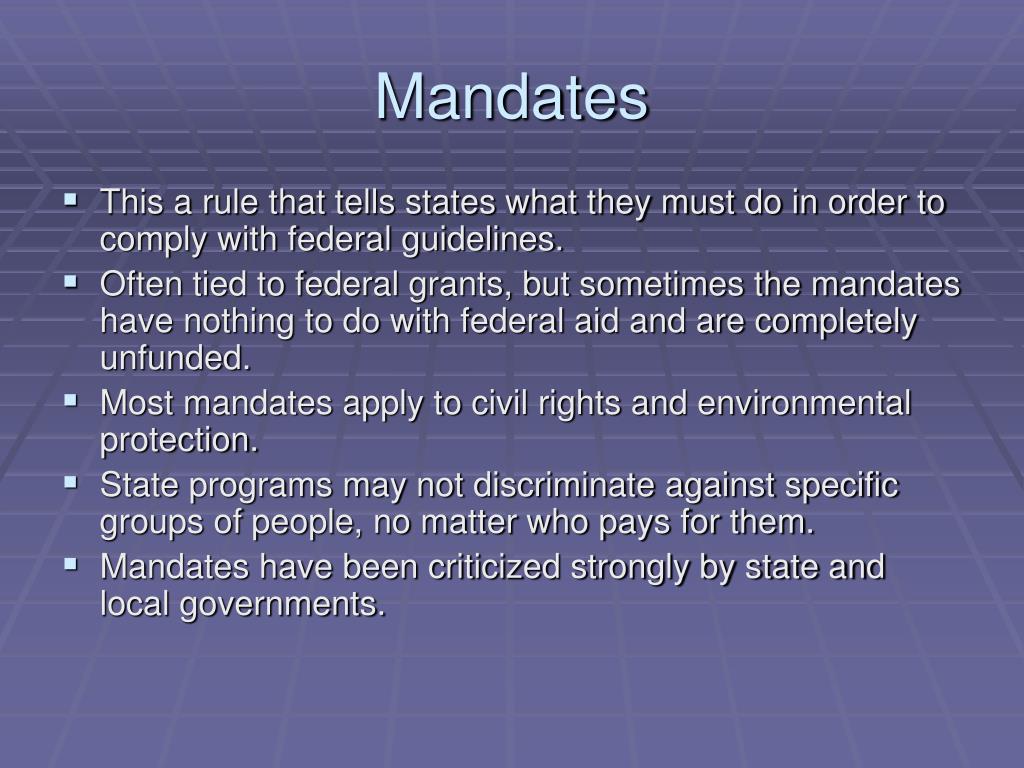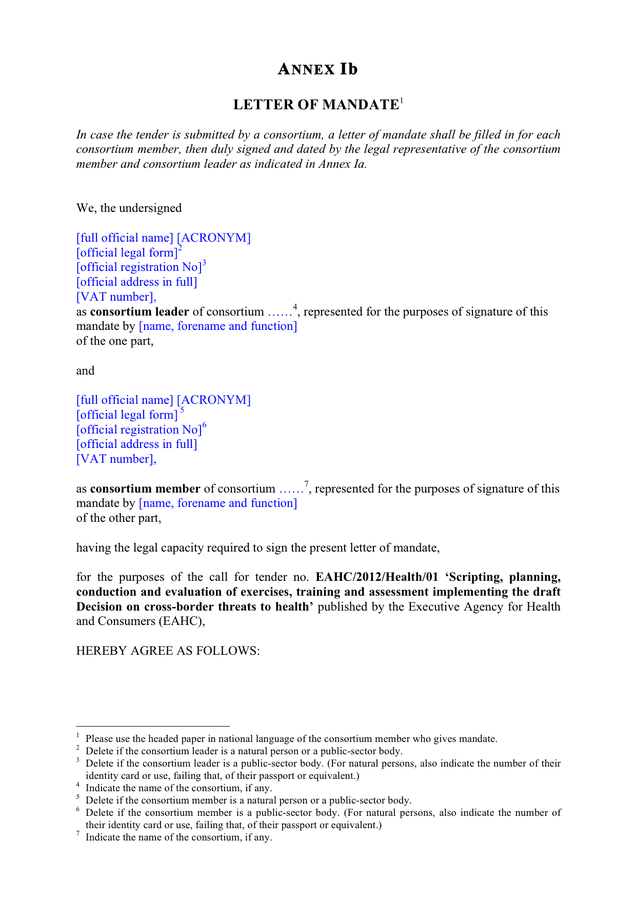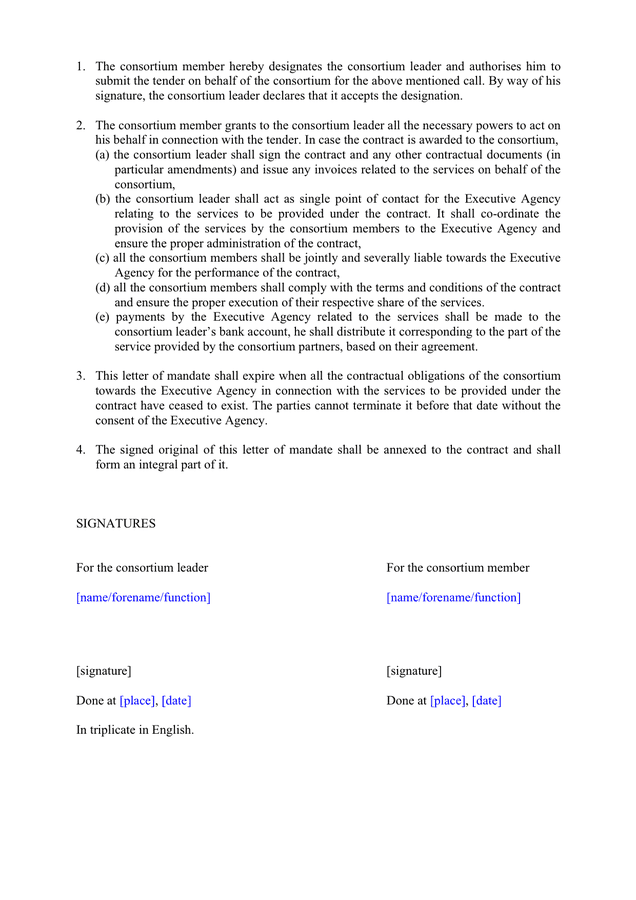Readily Available & Easy Presidential Mandate Examples
What is a presidential mandate example?
A presidential mandate example is a specific directive or order issued by a president. It is typically used to direct the actions of government agencies or officials, or to set forth a specific policy goal.
Presidential mandates can be used to address a wide range of issues, from economic policy to foreign affairs. They can be issued in response to a specific event or crisis, or they can be part of a broader policy agenda. Presidential mandates are often controversial, as they can be seen as an overreach of executive power.
- Rohan Marley
- Who Is Dominic Rains Wife
- Tony Sirico Children
- Bill Burr Spouse
- Did Matt Dillon And Diane Lane Date
presidential mandate exampleIntroduction
{point}Introduction
{point}Introduction
presidential mandate example
A presidential mandate example is a specific directive or order issued by a president. It is typically used to direct the actions of government agencies or officials, or to set forth a specific policy goal. Presidential mandates can be used to address a wide range of issues, from economic policy to foreign affairs.
- Executive Order: A directive issued by the president that has the force of law.
- Proclamation: A public announcement by the president, often used to commemorate an event or to set forth a policy.
- Memorandum: A written communication from the president to a government agency or official, often used to provide guidance or instruction.
- Letter: A written communication from the president to a foreign leader or other individual, often used to convey a message or to request action.
- Speech: A public address by the president, often used to set forth a policy or to rally support for a particular cause.
- Veto: The president's power to reject a bill passed by Congress.
These are just a few examples of the many different types of presidential mandates. Presidential mandates can be used to address a wide range of issues, from economic policy to foreign affairs. They can be issued in response to a specific event or crisis, or they can be part of a broader policy agenda. Presidential mandates are often controversial, as they can be seen as an overreach of executive power.
Executive Order
Executive orders are one of the most powerful tools at the president's disposal. They allow the president to bypass Congress and make law on his or her own authority. Executive orders have been used to address a wide range of issues, from civil rights to economic policy.
- Legal Authority: Executive orders derive their legal authority from Article II of the Constitution, which grants the president the power to "take care that the laws be faithfully executed." This power has been interpreted to give the president the authority to issue executive orders that have the force of law.
- Scope: Executive orders can cover a wide range of topics, from domestic policy to foreign affairs. However, they cannot be used to violate the Constitution or to overturn laws passed by Congress.
- Impact: Executive orders can have a significant impact on the lives of Americans. They can be used to create new programs, change existing policies, or even declare war.
- Controversy: Executive orders are often controversial, as they can be seen as an overreach of executive power. However, they can also be a valuable tool for presidents to use to address important issues.
Executive orders are a powerful tool that can be used to address a wide range of issues. However, they are also controversial, as they can be seen as an overreach of executive power. It is important to understand the legal authority, scope, and impact of executive orders in order to assess their use.
Proclamation
A proclamation is a public announcement by the president, often used to commemorate an event or to set forth a policy. Proclamations are typically issued on important occasions, such as national holidays or the signing of new laws. They can also be used to express the president's views on a particular issue or to call for action.
- Commemorative Proclamations: These proclamations are issued to mark a special event or occasion, such as a national holiday or the anniversary of a historical event. They often include a brief history of the event and may also express the president's thoughts on its significance.
- Policy Proclamations: These proclamations are issued to set forth a new policy or to change an existing policy. They typically include a detailed explanation of the new policy and its goals. Policy proclamations can be used to address a wide range of issues, from economic policy to foreign affairs.
- Call to Action Proclamations: These proclamations are issued to call for action on a particular issue. They typically include a description of the issue and a call for the public to take action to address it. Call to action proclamations can be used to address a wide range of issues, from environmental protection to disaster relief.
- Informational Proclamations: These proclamations are issued to provide information to the public about a particular issue. They typically include a detailed explanation of the issue and may also include recommendations for action. Informational proclamations can be used to address a wide range of issues, from health care to education.
Proclamations are an important tool that the president can use to communicate with the public and to set forth policy. They can be used to commemorate important events, to set forth new policies, to call for action on a particular issue, or to provide information to the public. Proclamations are often used in conjunction with other presidential mandates, such as executive orders and speeches, to achieve a specific policy goal.
Memorandum
A memorandum is a written communication from the president to a government agency or official, often used to provide guidance or instruction. Memorandums are typically used to communicate policy decisions, to delegate authority, or to provide direction on a specific issue. They can also be used to request information or to set up meetings.
- Policy Guidance: Memorandums can be used to communicate policy decisions to government agencies and officials. This can include new policies, changes to existing policies, or guidance on how to implement policies. For example, a president may issue a memorandum to all federal agencies directing them to reduce their greenhouse gas emissions by a certain percentage.
- Delegation of Authority: Memorandums can be used to delegate authority to government agencies or officials. This can include the authority to make decisions, to take action, or to spend money. For example, a president may issue a memorandum to the Secretary of State delegating the authority to negotiate trade agreements with other countries.
- Direction on Specific Issues: Memorandums can be used to provide direction to government agencies or officials on specific issues. This can include instructions on how to handle a particular situation, how to resolve a problem, or how to implement a new program. For example, a president may issue a memorandum to the Environmental Protection Agency directing it to take steps to clean up a polluted river.
- Requests for Information: Memorandums can be used to request information from government agencies or officials. This can include requests for data, reports, or analysis. For example, a president may issue a memorandum to the Department of Justice requesting a report on the number of hate crimes committed in the United States.
Memorandums are an important tool that the president can use to communicate with government agencies and officials. They can be used to set policy, to delegate authority, to provide direction on specific issues, and to request information. Memorandums are often used in conjunction with other presidential mandates, such as executive orders and speeches, to achieve a specific policy goal.
Letter
A letter is a written communication from the president to a foreign leader or other individual, often used to convey a message or to request action. Letters can be used to establish diplomatic relations, to congratulate a foreign leader on a special occasion, or to express condolences for a loss. They can also be used to request assistance, to make a request, or to convey a message of support.
- Diplomatic Communication: Letters are an important tool for diplomatic communication between the president and foreign leaders. They can be used to establish diplomatic relations, to congratulate a foreign leader on a special occasion, or to express condolences for a loss. Letters can also be used to convey messages of support or to request assistance.
- Requests and Actions: Letters can be used to make requests or to take action. For example, a president may write a letter to a foreign leader to request assistance with a particular issue, or to request that the foreign leader take a specific action. Letters can also be used to convey messages of support or to congratulate a foreign leader on a special occasion.
- Personal Communication: Letters can also be used for personal communication between the president and foreign leaders. For example, a president may write a letter to a foreign leader to congratulate them on a personal achievement, or to express condolences for a personal loss. Letters can also be used to convey messages of support or to offer assistance.
Letters are an important tool that the president can use to communicate with foreign leaders and other individuals. They can be used to convey messages, to request assistance, to make requests, or to establish diplomatic relations. Letters can also be used for personal communication between the president and foreign leaders.
Speech
A speech is a powerful tool that a president can use to communicate with the public and to set forth policy. Speeches can be used to announce new policies, to explain the president's vision for the country, or to rally support for a particular cause. Speeches can also be used to commemorate important events or to pay tribute to individuals or groups.
Speeches are an important component of presidential mandates because they allow the president to directly communicate with the public and to build support for their agenda. Speeches can also be used to pressure Congress to pass legislation or to influence public opinion on a particular issue.
One example of a speech that was used to set forth a policy is President Franklin D. Roosevelt's "Four Freedoms" speech, which he delivered in 1941. In this speech, Roosevelt outlined his vision for a post-war world based on four essential freedoms: freedom of speech, freedom of worship, freedom from want, and freedom from fear. This speech helped to rally support for the United States' entry into World War II and for the creation of the United Nations.
Another example of a speech that was used to rally support for a particular cause is President Barack Obama's "Yes We Can" speech, which he delivered in 2008. In this speech, Obama outlined his vision for a more hopeful and optimistic future for the United States. This speech helped to inspire millions of Americans and played a key role in Obama's election victory.
Speeches are an important tool that presidents can use to communicate with the public and to set forth policy. Speeches can be used to announce new policies, to explain the president's vision for the country, or to rally support for a particular cause. Speeches can also be used to commemorate important events or to pay tribute to individuals or groups.Veto
The veto is a powerful tool that the president can use to check the power of Congress. It allows the president to reject a bill that has been passed by both the House of Representatives and the Senate. The president can veto a bill for any reason, and Congress can only override a veto with a two-thirds vote of both the House and the Senate.
The veto is an important component of the system of checks and balances that is built into the U.S. Constitution. It ensures that no one branch of government can become too powerful. The veto also allows the president to protect the interests of the nation as a whole, even if a bill has majority support in Congress.
There are many examples of presidents using the veto to reject bills that they believe are harmful to the country. For example, in 1996, President Bill Clinton vetoed a bill that would have allowed oil drilling in the Arctic National Wildlife Refuge. Clinton argued that the bill would have damaged the environment and harmed wildlife.
In 2017, President Donald Trump vetoed a bill that would have repealed the Affordable Care Act. Trump argued that the bill would have left millions of Americans without health insurance and would have increased healthcare costs.
The veto is a powerful tool that can be used by the president to protect the interests of the nation. It is an important component of the system of checks and balances that is built into the U.S. Constitution.
FAQs
This section provides answers to frequently asked questions about presidential mandates, using a serious tone and informative style.
Question 1: What are some examples of presidential mandates?
Presidential mandates can take many forms, including executive orders, proclamations, memorandums, letters, speeches, and vetoes. Each type of mandate serves a specific purpose and has its own legal authority and scope.
Question 2: How are presidential mandates used to address important issues?
Presidents use mandates to set forth policies, delegate authority, provide direction on specific issues, request information, communicate with foreign leaders, and rally support for particular causes. Mandates can be used to address a wide range of issues, from economic policy to foreign affairs to environmental protection.
Question 3: What are the potential benefits and drawbacks of presidential mandates?
Presidential mandates can provide presidents with a powerful tool to address important issues and implement their agendas. However, mandates can also be controversial and raise concerns about the separation of powers and the potential for abuse.
Question 4: How can citizens engage with and influence presidential mandates?
Citizens can engage with and influence presidential mandates through a variety of means, including contacting their elected representatives, participating in public hearings and comment periods, and supporting organizations that advocate for specific policies.
Question 5: What are some historical examples of significant presidential mandates?
Throughout history, presidents have issued numerous mandates that have had a profound impact on the nation. Examples include the Emancipation Proclamation issued by President Abraham Lincoln, the New Deal programs initiated by President Franklin D. Roosevelt, and the Affordable Care Act signed into law by President Barack Obama.
Question 6: How do presidential mandates relate to the system of checks and balances?
Presidential mandates are part of the system of checks and balances that is built into the U.S. Constitution. The veto power, for example, allows the president to reject bills passed by Congress, while Congress can override a veto with a two-thirds vote of both the House and the Senate.
Question 7: How can I learn more about presidential mandates?
There are many resources available to learn more about presidential mandates. The White House website, the Library of Congress, and the National Archives all provide information on presidential mandates and their historical significance.
Summary: Presidential mandates are a powerful tool that presidents can use to address important issues and implement their agendas. However, mandates can also be controversial and raise concerns about the separation of powers and the potential for abuse. Citizens can engage with and influence presidential mandates through a variety of means, including contacting their elected representatives, participating in public hearings and comment periods, and supporting organizations that advocate for specific policies.
Conclusion
In conclusion, presidential mandates are a powerful tool that can be used to address a wide range of issues and implement important policies. However, mandates can also be controversial, and it is important to understand their legal authority, scope, and impact.
As we have seen, presidential mandates can take many forms, including executive orders, proclamations, memorandums, letters, speeches, and vetoes. Each type of mandate serves a specific purpose and has its own legal authority and scope. Presidents use mandates to set forth policies, delegate authority, provide direction on specific issues, request information, communicate with foreign leaders, and rally support for particular causes.
Presidential mandates can have a significant impact on the lives of Americans. They can be used to create new programs, change existing policies, or even declare war. It is important to understand the potential benefits and drawbacks of presidential mandates in order to assess their use.
Citizens can engage with and influence presidential mandates through a variety of means, including contacting their elected representatives, participating in public hearings and comment periods, and supporting organizations that advocate for specific policies. It is important for citizens to be informed about presidential mandates and to make their voices heard on issues that are important to them.
- George Clooney Kids
- Anant Ambani Height Feet
- Anna Sawai Net Worth
- Michael Caine And
- Matthew Hussey Wife Audrey Age

PPT Federalism PowerPoint Presentation, free download ID5738595

Letter of mandate in Word and Pdf formats

Letter of mandate in Word and Pdf formats page 2 of 2